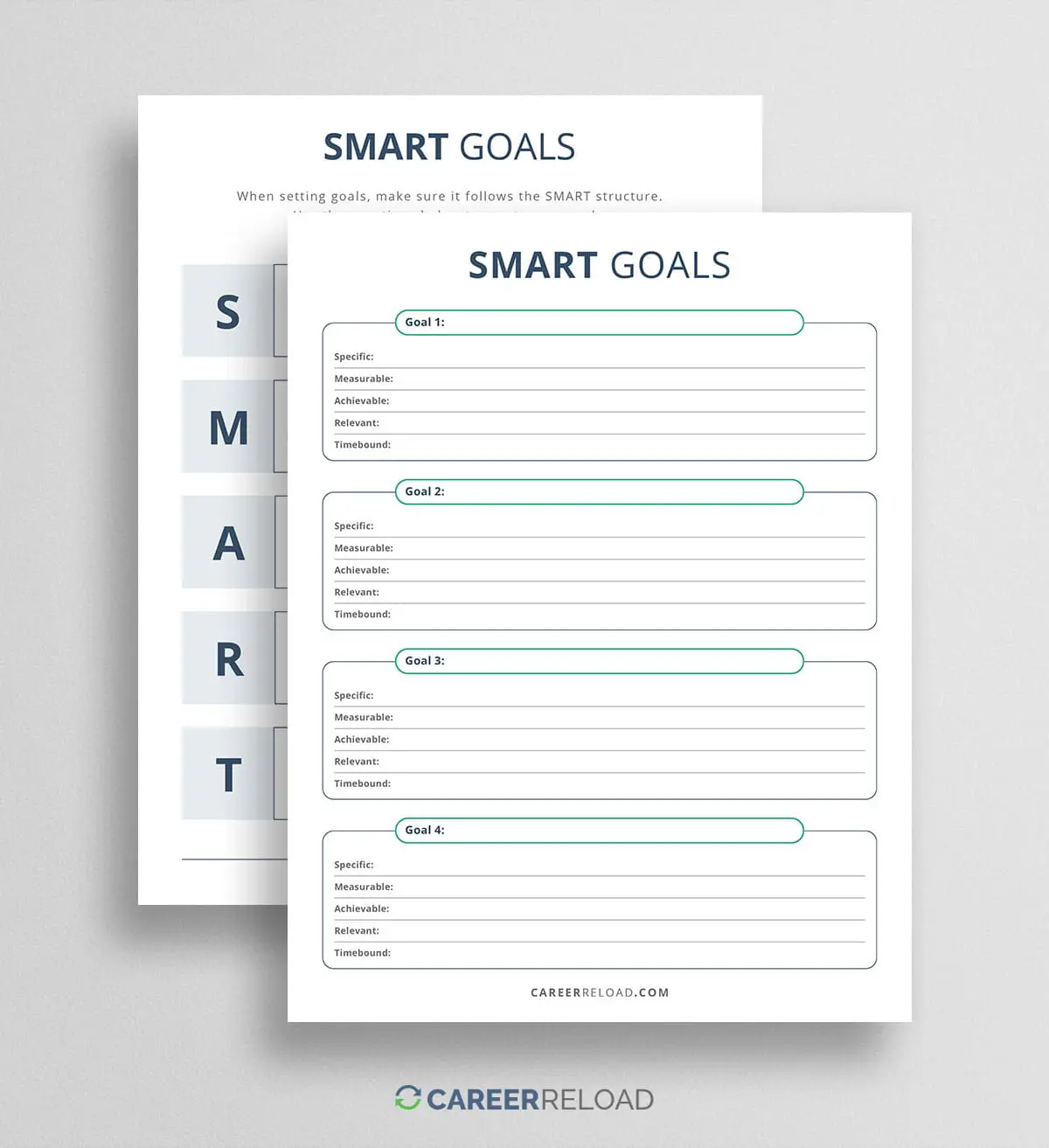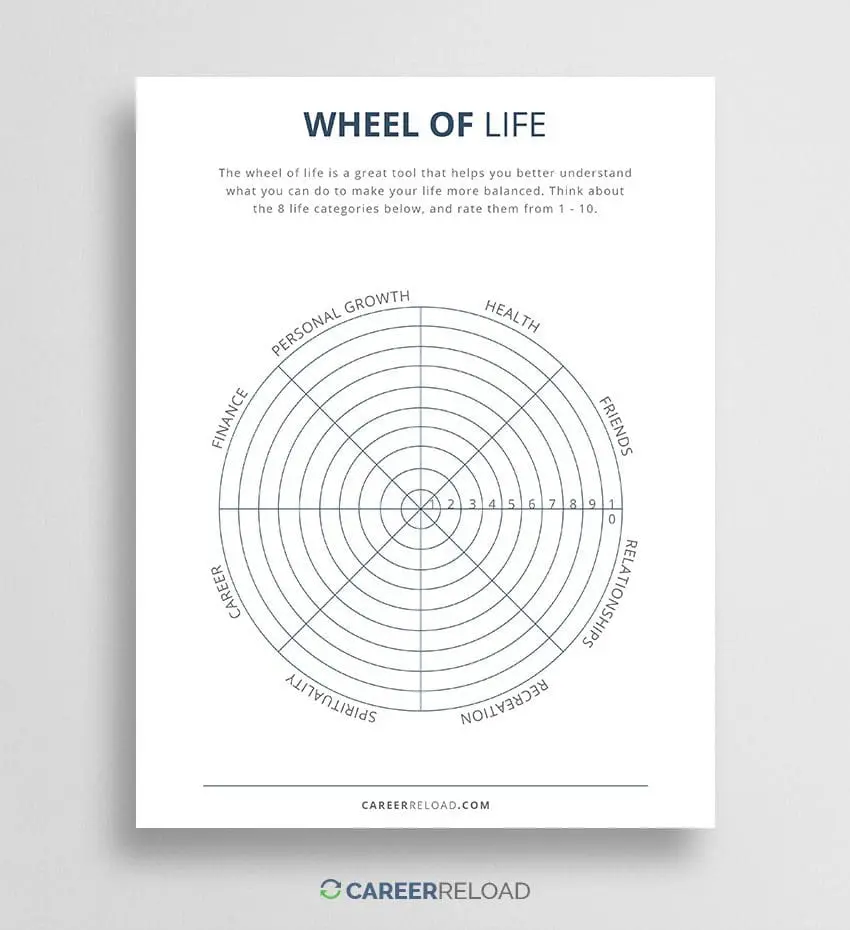Many people reach a point where work feels dull or directionless. You may feel stuck in the same tasks every day or unsure how to reach the future you want. Others feel excited about making a change but do not know where to start. These feelings are normal, and they often happen when you do not create a career path that matches your goals and interests.
Without a clear plan, you can fall into common problems like burnout, slow growth, or missed chances. You may also move from job to job without any real sense of progress. The good news is that you can take control of your future. When you create a career path intentionally, you give yourself a roadmap to follow. This roadmap helps you grow your skills, stay motivated, and build a career that gives you purpose.
In this guide, you will learn the six steps that help you create a career path that fits your strengths and goals. You will learn how to understand yourself, research your options, set goals, build skills, grow connections, and stay flexible. Each step supports the next. By the end, you will have a plan you can use to move forward with confidence.
Step 1: Self Assessment
Before you make any decisions, you must understand yourself. Self awareness is the foundation when you create a career path that feels meaningful. When you know what you are good at and what energizes you, you can choose roles that fit your natural abilities.
Skills Inventory
Start by identifying your hard skills. These are technical or measurable skills. For example, coding, data entry, bookkeeping, graphic design, or writing fall into this category. These skills often show up on job descriptions and training programs.
Next, look at your soft skills. These include how you communicate, how you lead, and how you solve problems. They are just as important because they influence how you work with others and handle challenges. Examples include time management, empathy, teamwork, and decision making.
A helpful tool is a personal SWOT analysis. This means listing your strengths, weaknesses, opportunities, and threats. Strengths and weaknesses focus on your internal qualities. Opportunities and threats focus on factors outside of you, such as job market conditions or workplace trends. This analysis gives you a clear picture of where you stand.
Values Clarification
Values shape the choices you make about your work. Some people care most about stability. Others care about creativity, helping others, or working on new ideas. When you create a career path, you should choose roles that match these values. A mismatch can make work feel stressful or empty, even if the job pays well.
Ask yourself what feels meaningful. Use your answers to guide your research and decisions.
- Do you enjoy helping a team grow?
- Do you want to solve big problems?
- Do you want regular hours or more flexibility?
Passion and Interests Exploration
What activities lift your energy outside of work? For example, if you love teaching others, training or coaching roles might fit. If you enjoy building things, technical or creative paths may make sense. Your hobbies can inspire career ideas. Not every interest becomes a job, but some can point you toward the right direction.
Exercise
Write down:
- Your top 3 skills
- Your top 3 values
- Your top 3 passions
These lists will guide every step as you create a career path.
Step 2: Research and Exploration
Once you understand yourself, start learning about the world of work. Exploration helps you discover options you may not have considered.
Many people limit themselves to jobs they already know. Try to look wider. New industries and career fields appear often. When you create a career path, you want to understand your full range of choices, not only the familiar ones.
Industry Deep Dive
Use your self assessment to pinpoint industries that fit your interests. For example, someone who enjoys numbers may explore finance or technology. Someone who loves helping others may explore healthcare or education.
Look at industry trends. You can review reports from trusted sources like the Bureau of Labor Statistics or industry associations. These sources show which fields are growing or shrinking. They also explain what skills employers want.
Role and Company Investigation
Next, look at specific job titles. Read job descriptions to understand what daily work looks like. Make notes about required skills, salary ranges, and responsibilities. Try websites like LinkedIn, Glassdoor, or specialized job boards.
Company research also matters. Every company has its own culture and values. Look for workplaces that match your own values. Read employee reviews, company mission statements, and career pages.
Informational Interviews
Talking to people who already work in roles you want is one of the best ways to learn. This is called an informational interview. You are not asking for a job. You are asking for insight.
Prepare simple questions like:
- What does a typical day look like?
- What skills matter most in your role?
- How did you get started?
- What challenges should I expect?
Always thank the person for their time. Informational interviews can help you build relationships naturally as you create a career path.
Exercise
Talk with 2 or 3 people who work in fields you find interesting.
Step 3: Goal Setting
Goals help you stay focused. Without goals, it is easy to drift or lose motivation. When you create a career path, goals act like guideposts that show your progress.
Short Term Goals
Short term goals give you clear actions for the next 6 to 12 months. These can include taking a course, finishing a certification, updating your resume, or practicing a new skill. These steps are small enough to start right away.
Mid Term Goals
Mid term goals look ahead 1 to 3 years. These goals may include moving to a new company, earning a promotion, or shifting into a different department. They show what progress should look like after your short term actions.
Long Term Vision
Long term goals cover 5 or more years. These reflect your big picture dream. Examples include becoming a director, starting your own business, or becoming a top expert in your field. Your goals will change as you grow, but it helps to have a direction.
SMART Goal Framework
SMART goals help you write goals that are easy to follow.
- Specific: State exactly what you want.
- Measurable: Make it something you can track.
- Achievable: Choose something realistic.
- Relevant: Ensure it supports your career direction.
- Time bound: Set a clear deadline.
Example short term SMART goal: “Complete a beginner data analytics course within 3 months to build skills for a junior analyst role.”
Example mid term SMART goal: “Earn a promotion to project coordinator within 18 months by improving leadership and communication skills.”
Exercise
Write one SMART short term goal and one SMART mid term goal.
Step 4: Skill Development and Gap Analysis
After setting goals, compare your current skills with the skills needed for your target roles. This gap analysis helps you understand what to learn next.
Identifying the Gaps
List your current skills. Then list the skills required for your target role based on job descriptions and conversations. The differences between the lists show your skill gaps.
Learning Strategies
There are many ways to build skills:
- Take online courses from platforms like Coursera, Udemy, or LinkedIn Learning.
- Earn certifications that employers trust.
- Find a mentor who can guide you.
- Ask for stretch assignments at work.
- Read books or industry publications.
- Join workshops or training sessions.
Choose the method that fits your learning style and budget.
Building Your Portfolio and Experience
Your skills become more valuable when you apply them. You can build experience through side projects, volunteering, or small freelance work. These activities show your ability to deliver results.
Continuous Learning Mindset
Workplaces change quickly. A continuous learning mindset keeps you ready for new challenges. When you create a career path, you must update your skills often so you stay competitive.
Exercise
Write a 6 month skill development plan that includes courses, reading, and hands on practice.
Step 5: Networking and Mentorship
You do not have to grow alone. A strong network can open doors, offer advice, and share opportunities.
Your network includes peers, mentors, former coworkers, and people you meet at events. These connections help you learn about new roles or ideas you would not find alone.
Strategic Networking
Use LinkedIn to connect with professionals in your field. Attend conferences, job fairs, or meetups. Join alumni groups. When you reach out, always be respectful. Share why you want to connect and what you hope to learn.
Finding a Mentor
A mentor can offer guidance and insight. Look for someone who has experience in the area you want to grow. Approach them politely and explain why you value their advice. Good mentors listen well and share honest feedback.
Personal Board of Advisors
Instead of relying on one mentor, build a small group of advisors. Each person can help you with a different part of your career. This broader support helps you create a career path with more confidence.
Exercise
Reach out to 2 new professional contacts this week.
Step 6: Action and Adaptability
A plan only matters if you act on it. Many people hesitate because they fear making the wrong choice. The key is to start small.
- Taking the First Step: Choose one goal and begin today. Action builds momentum.
- Execution is Key: Break big goals into small tasks. For example, if your goal is to change careers, start by researching programs or updating your resume.
- Tracking Progress: Review your goals often. Celebrate small wins because they show progress and keep you motivated.
- Embracing Flexibility: Career paths are rarely straight. You may discover new interests or face changes in the job market. Adapt as needed. When you create a career path, staying flexible helps you handle challenges without losing direction.
- Persistence and Resilience: Setbacks will happen. Stay patient and keep going. Every step builds your confidence and skill.
Exercise
Schedule a quarterly review of your career plan.

Conclusion: Your Dynamic Blueprint for a Fulfilling Career
You now understand the six steps that help you create a career path that fits your goals. You started with self assessment, explored industries and roles, set goals, planned skill growth, built relationships, and learned how to stay flexible.
Creating a career path is not a one time task. It is a process that changes as you grow. When you stay curious, take action, and adjust your plan, you gain more control over your future. Start today. Even a small step can move you closer to work that feels meaningful and satisfying.
A well planned career gives you purpose and direction. You deserve that sense of progress and confidence. Your next step begins now.

Sara has been in the career development field for over 10 years and has a wealth of knowledge to share. She covers topics such as resume writing, job search strategies, interview techniques, career planning, and more. You can connect with her on LinkedIn and Medium. She has curated our free downloadable resume templates for Word and resume templates for Google Docs.






Others also read
How to Recognize Reliable Recruiters
The Interview Style Guide: 8 Rules to Follow
How to Create a CAR Method Resume
Engineering Resume Example That Will Get You Hired
How to Write a Resume If You’re an Older Worker
How to Use the STAR Method to Ace Your Job Interview
How to Write a Retirement Resignation Letter (Examples & Templates)
6 Free Resume Review Services
You Might Also Like These Free Templates
Google Docs Resume Format – Debbie
Free Resume Form Template
Free Resume Design – Megan
2 Column ATS Resume Template
ATS Friendly Resume Format for Word – Lindsay
Goal Planner Template
Cover Letter Template with Monogram
Professional Cover Letter Template
Free Modern Resume Template for Word
Free Job Application Tracker for Excel
Free Resume Template Download for Word – Farrah
Free ATS-Friendly Resume Template – Emily